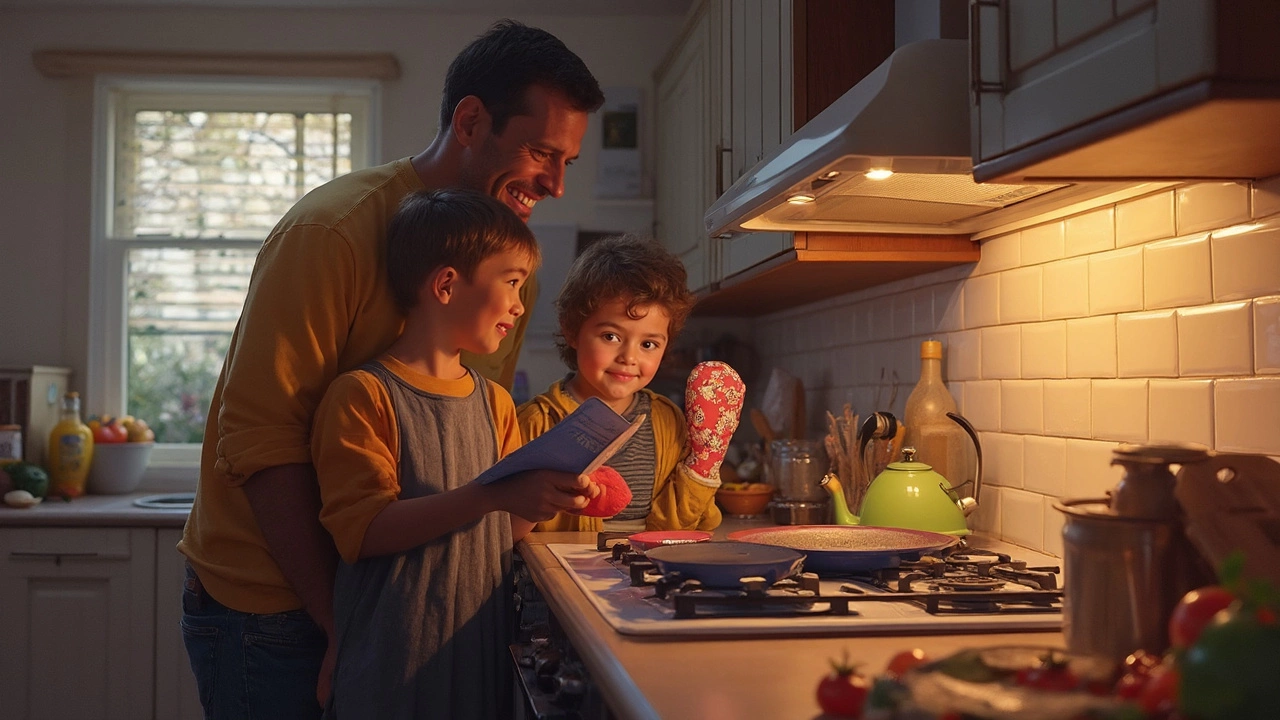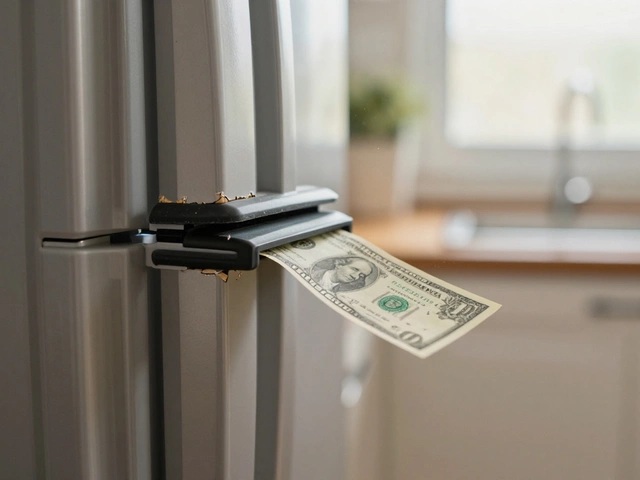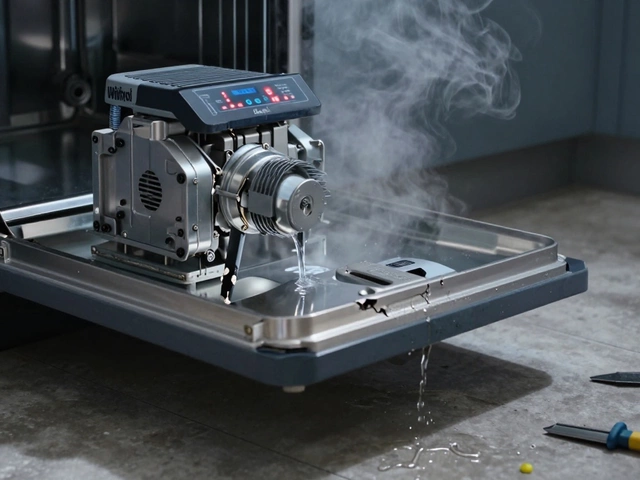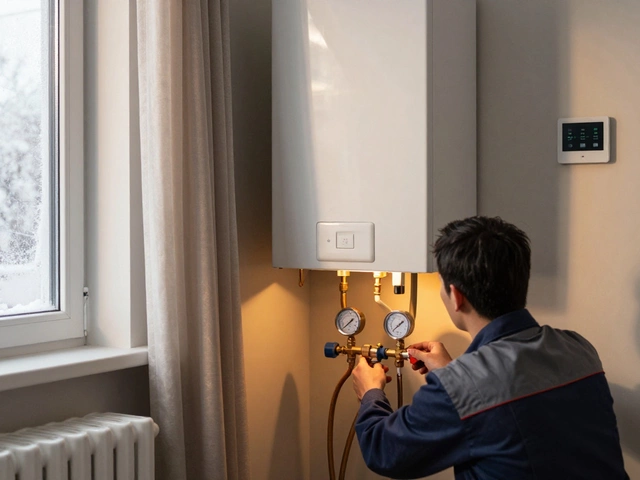Common Electric Stove Issues – Quick Fixes & Tips
If your electric stove is acting up, you’re not alone. Most homeowners face a few predictable problems that can be solved in under an hour. Below we’ll walk through the most common hiccups, why they happen, and what you can do before calling a pro.
Why Your Stove Might Not Heat
The main reason a stove won’t heat is a faulty heating element. Over time the element can crack or develop a break in the coil, which stops electricity from flowing. You can test it with a multimeter: if the reading shows no continuity, the element needs swapping. Another frequent culprit is a blown fuse or tripped circuit breaker. Electric stoves draw a lot of power, so a weak circuit can shut off the supply. Check your home’s breaker panel and reset any tripped switches.
Bad connections are also common. The wiring behind the stovetop can loosen as the unit vibrates from daily use. Look for loose screws or burnt spots on the terminals. If you spot any scorched wires, stop using the stove and replace the damaged parts. Finally, the control board can fail. Modern stoves use electronic boards to regulate temperature. A faulty board may cause the stove to stay off, heat inconsistently, or display error codes. In many cases, a hard reset (turn off the power for a minute, then turn back on) can clear temporary glitches.
Fixes You Can Try at Home
Start with the simplest step: unplug the stove or switch off the circuit for a minute. This resets the electronics and can solve minor glitches. Next, inspect the heating elements. Look for visible cracks or dark spots. If you have a multimeter, set it to the ohms setting and touch the probes to the element’s terminals. A reading of infinite resistance means the element is dead and must be replaced.
If the element looks fine, move on to the breaker. Open your fuse box and locate the stove’s circuit – it’s usually a 240‑volt breaker. Flip it off, wait a few seconds, then flip it back on. If it trips again, the wiring might be shorted, and you’ll need an electrician.
Loose connections are easy to tighten. Remove the stovetop’s back panel (usually a few screws), then check the wires leading to each element and the control board. Tighten any loose nuts and make sure the wire insulation is intact. If you smell burnt plastic, replace that wire immediately.
When the control board is the issue, a reset often helps. Some models have a hidden reset button behind the back panel – press it with a pen. If the stove still misbehaves, the board may need a replacement, which is best left to a qualified technician.
Remember, safety comes first. Always disconnect power before opening the stove, and never work on live wires. If you’re uncomfortable with any step, call a local repair service. They have the right tools and can get your stove cooking again without risking injury.
By running through these checks, you can fix many common electric stove issues yourself and avoid an expensive service call. Keep this guide handy – the next time your stove acts up, you’ll know exactly where to start.
Electric Stove Problems: The Two Most Common Fixes You Need to Know
- Alden Wilder
- May 29 2025
- 0 Comments
Electric stoves are workhorses in the kitchen, but they aren’t immune to problems. This article covers the top two issues most people face—burners not heating and issues with the stove’s control panel or wiring. You’ll learn why these problems happen, how to spot warning signs, and what you can do before calling a repair tech. There are also tips for quick fixes and ways to keep your stove in good shape longer. Find out what really goes wrong inside your stove and how to avoid bigger headaches.
View More




